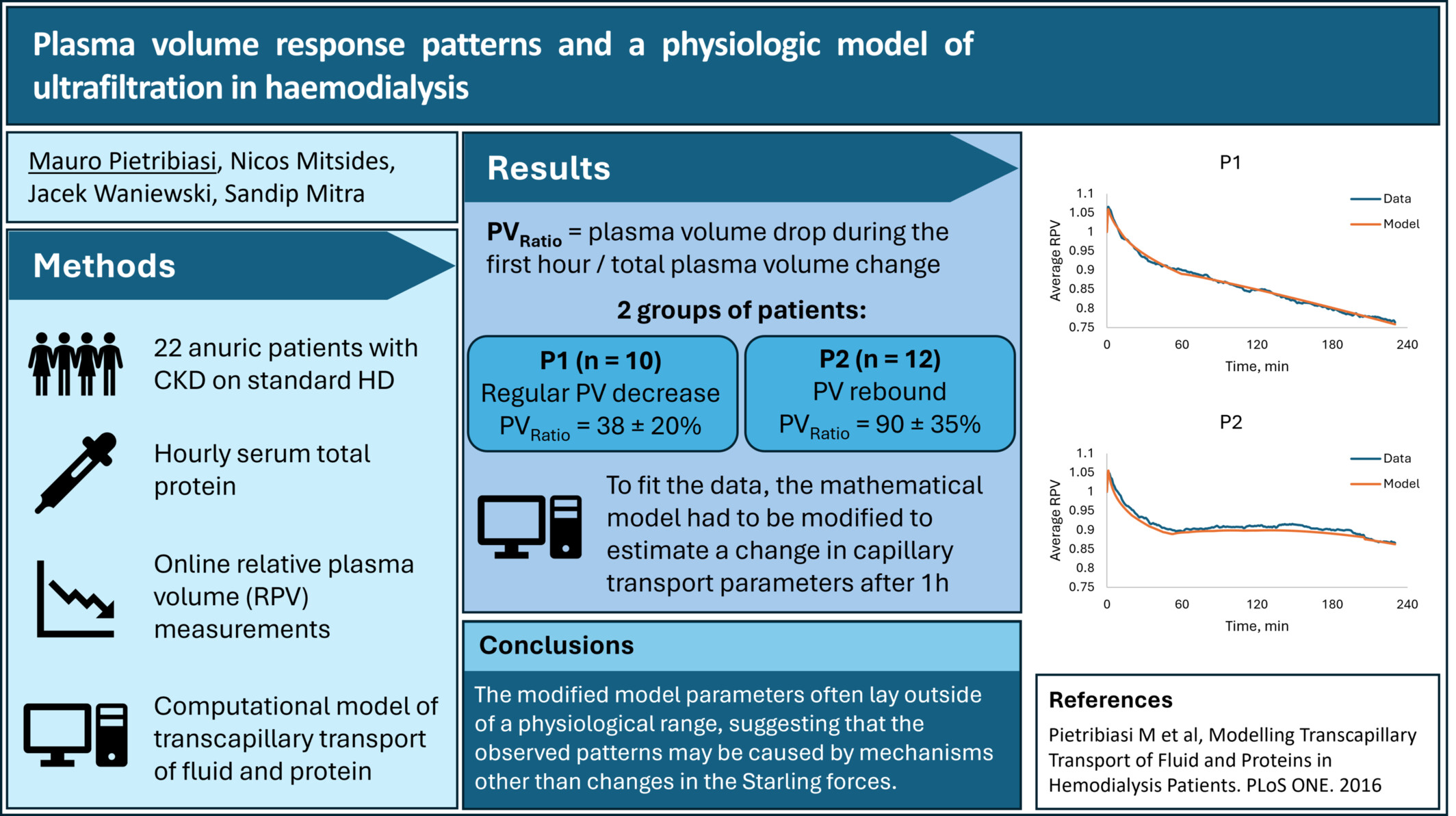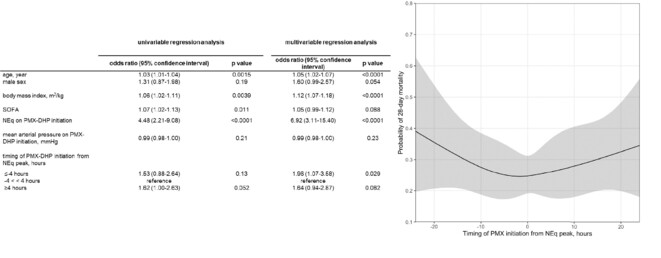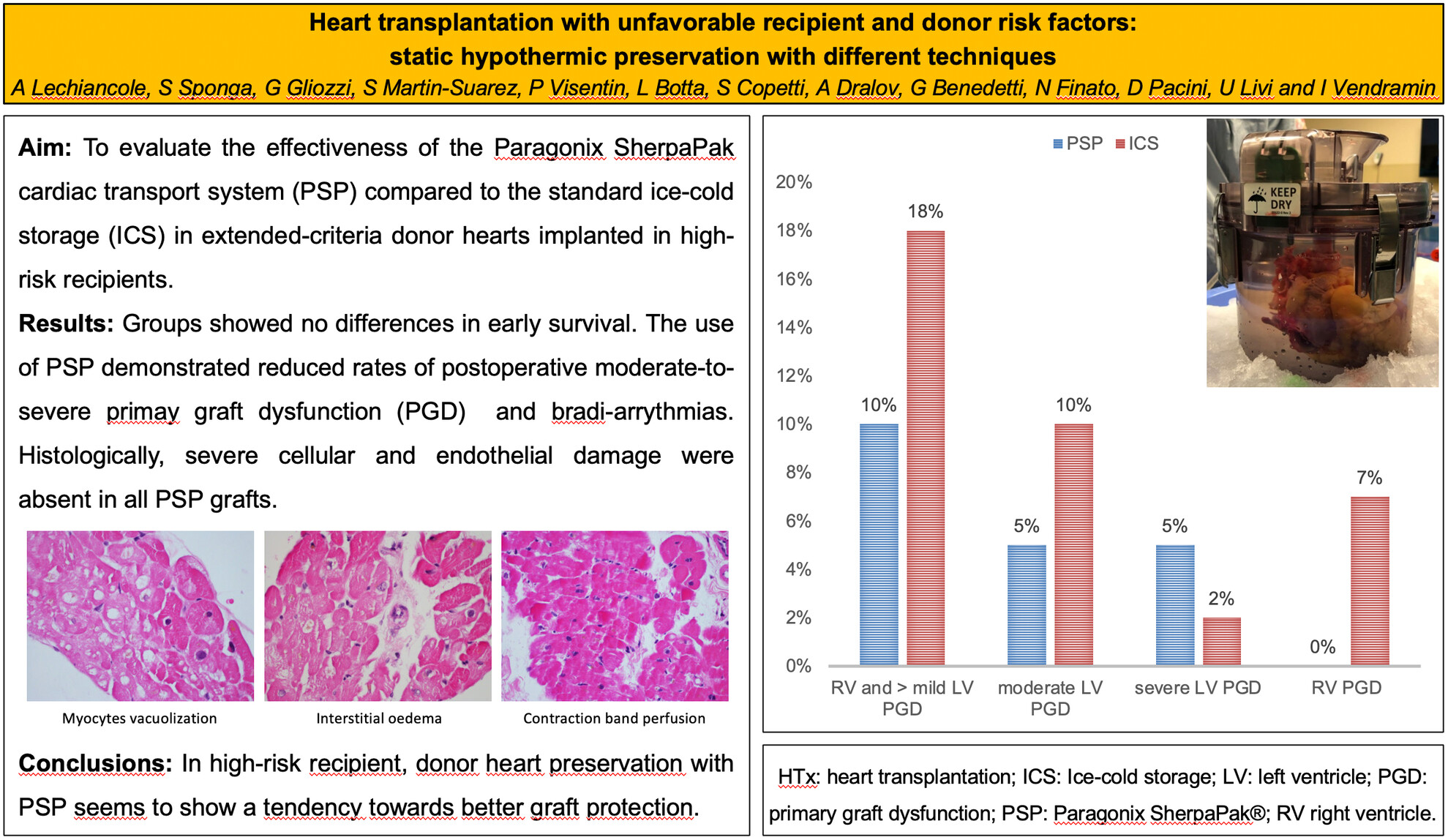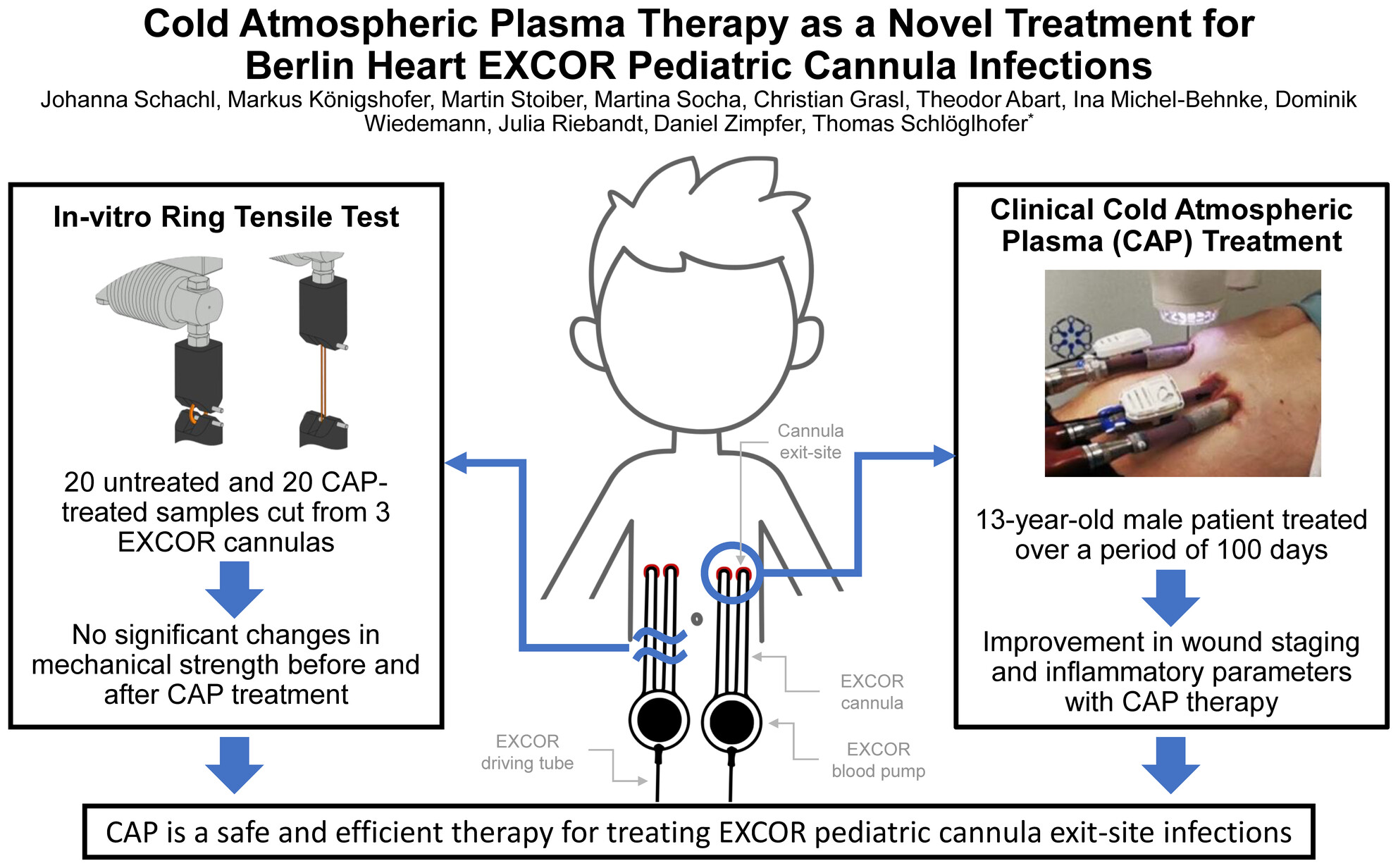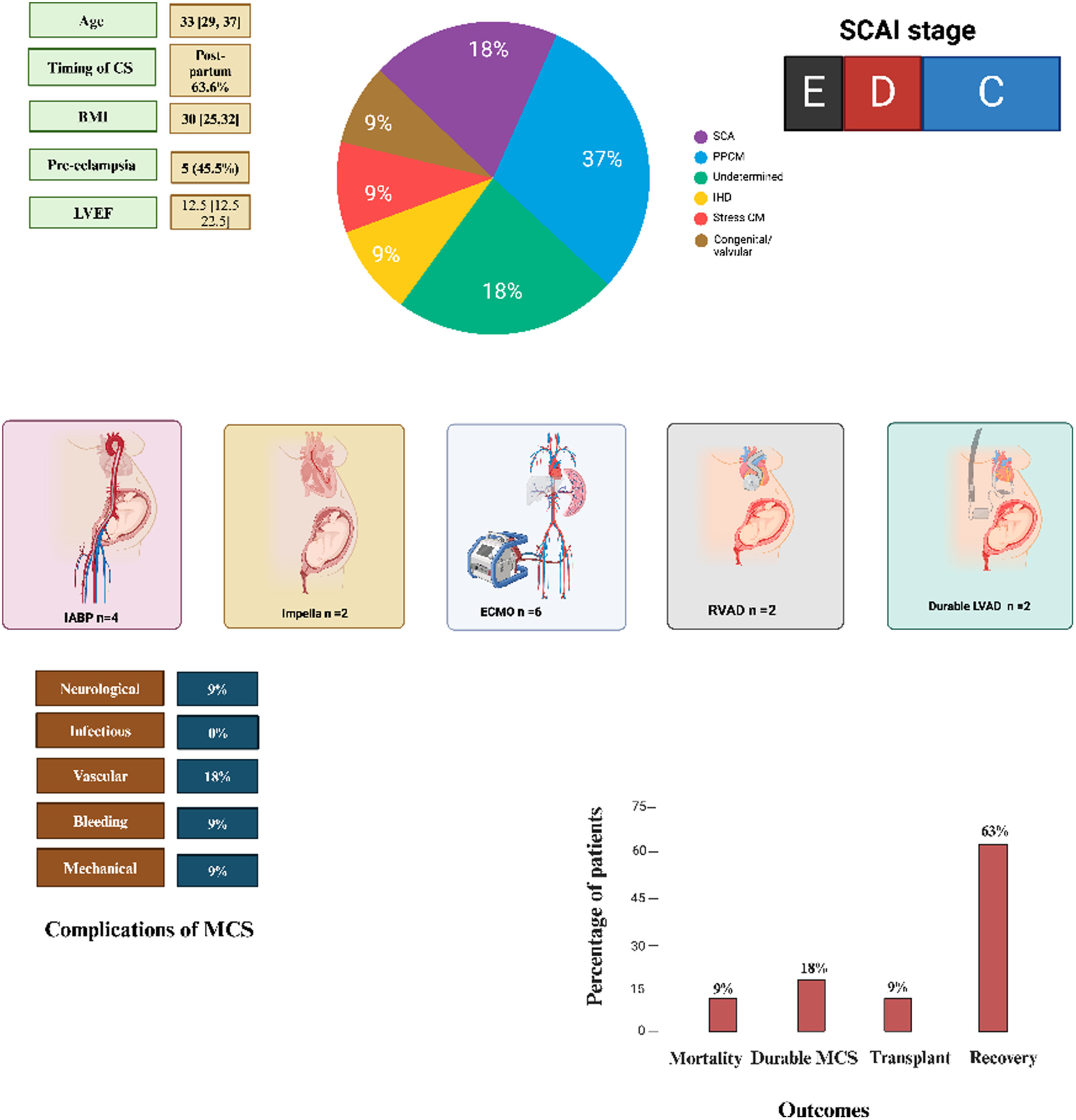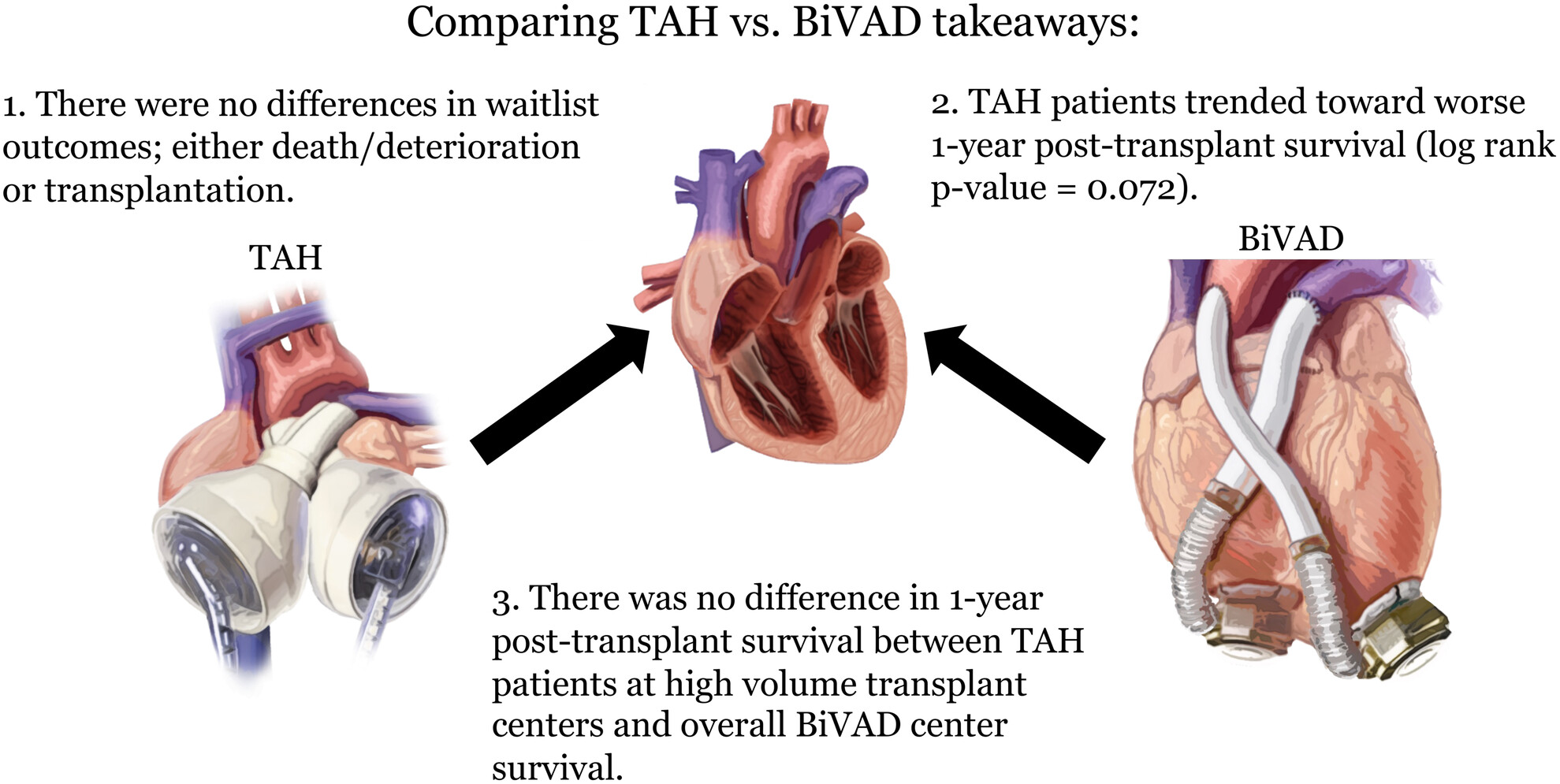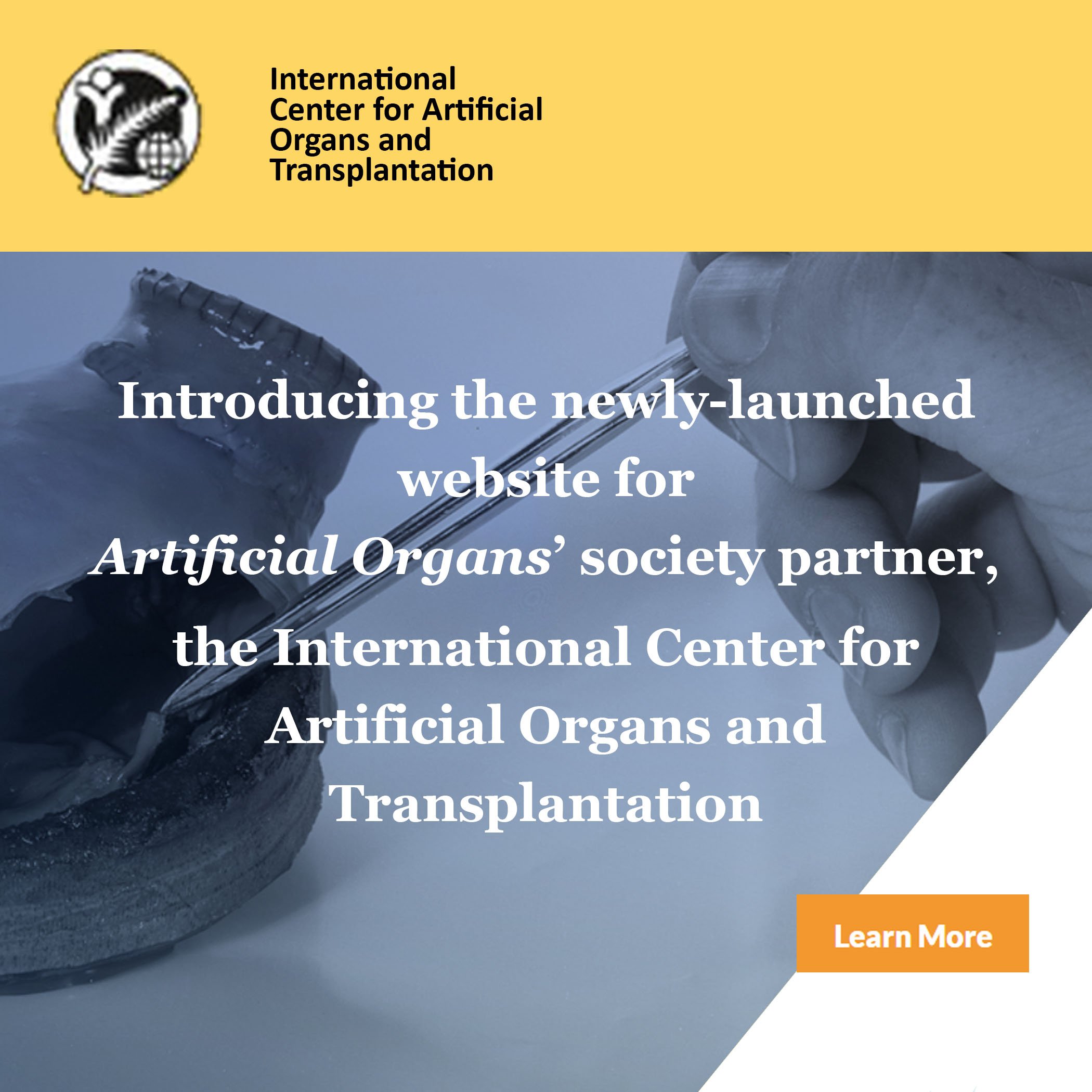Journal list menu
Export Citations
Download PDFs
COVER IMAGE
Cover Image
- Page: i
- First Published: 22 January 2025

This medical illustration juxtaposes the organic complexity of the human body with the stark, mechanical precision of the SynCardia Total Artificial Heart, and highlighting its seamless integration into the atria and great vessels. Warm red tones and organic textures evoke the living pulse of the body, thereby creating a striking contrast to the engineered nature of the mechanical heart.
ISSUE INFORMATION
EDITORIAL
NEWS
IN BRIEF
Recent progress in the field of Artificial Organs
- Pages: 179-180
- First Published: 17 December 2024
IN FOCUS
Bioengineered vessels used for vascular repairs in trauma
- Pages: 181-182
- First Published: 13 December 2024
SYSTEMATIC REVIEW
Extracorporeal membrane oxygenation for prevention of barotrauma in patients with respiratory failure: A scoping review
- Pages: 183-195
- First Published: 21 September 2024
MAIN TEXT
Anatomical compatibility of a novel total artificial heart: An in-silico study
- Pages: 196-206
- First Published: 03 October 2024
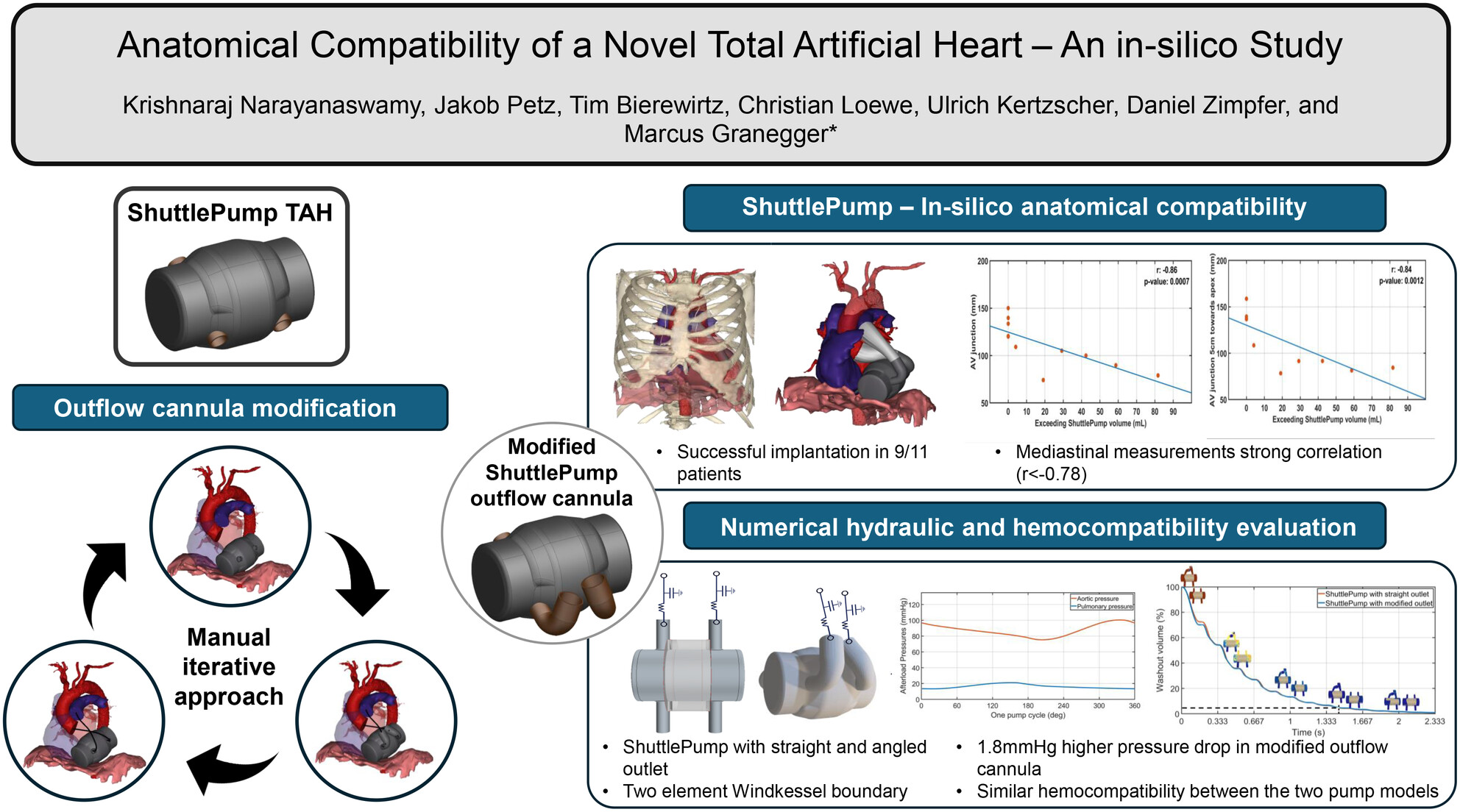
We optimized the outflow cannulation of the previously established novel total artificial heart—the ShuttlePump and evaluated its anatomical compatibility in adult heart failure patients using virtual implantation techniques. Successful implantation was achieved in 9/11 patients, and identified anatomical predictors showed a strong correlation. In addition, computational fluid dynamics evaluation of the ShuttlePump with modified outflow cannulation did not compromise hemocompatibility metrics.
Plasma volume response patterns and a physiologic model of ultrafiltration in hemodialysis
- Pages: 207-217
- First Published: 30 September 2024
The polymyxin-B direct hemoperfusion OPTimal Initiation timing with Catecholamine PMX-OPTIC study: A multicenter retrospective observational study
- Pages: 218-228
- First Published: 18 September 2024
Ice-cold storage or controlled hypothermia to preserve marginal grafts in high-risk heart transplantation
- Pages: 229-238
- First Published: 17 October 2024
A comparative in vitro study of distinct and novel stent geometries on mechanical performances of poly-L-lactic acid cardiovascular stents
- Pages: 239-255
- First Published: 24 October 2024
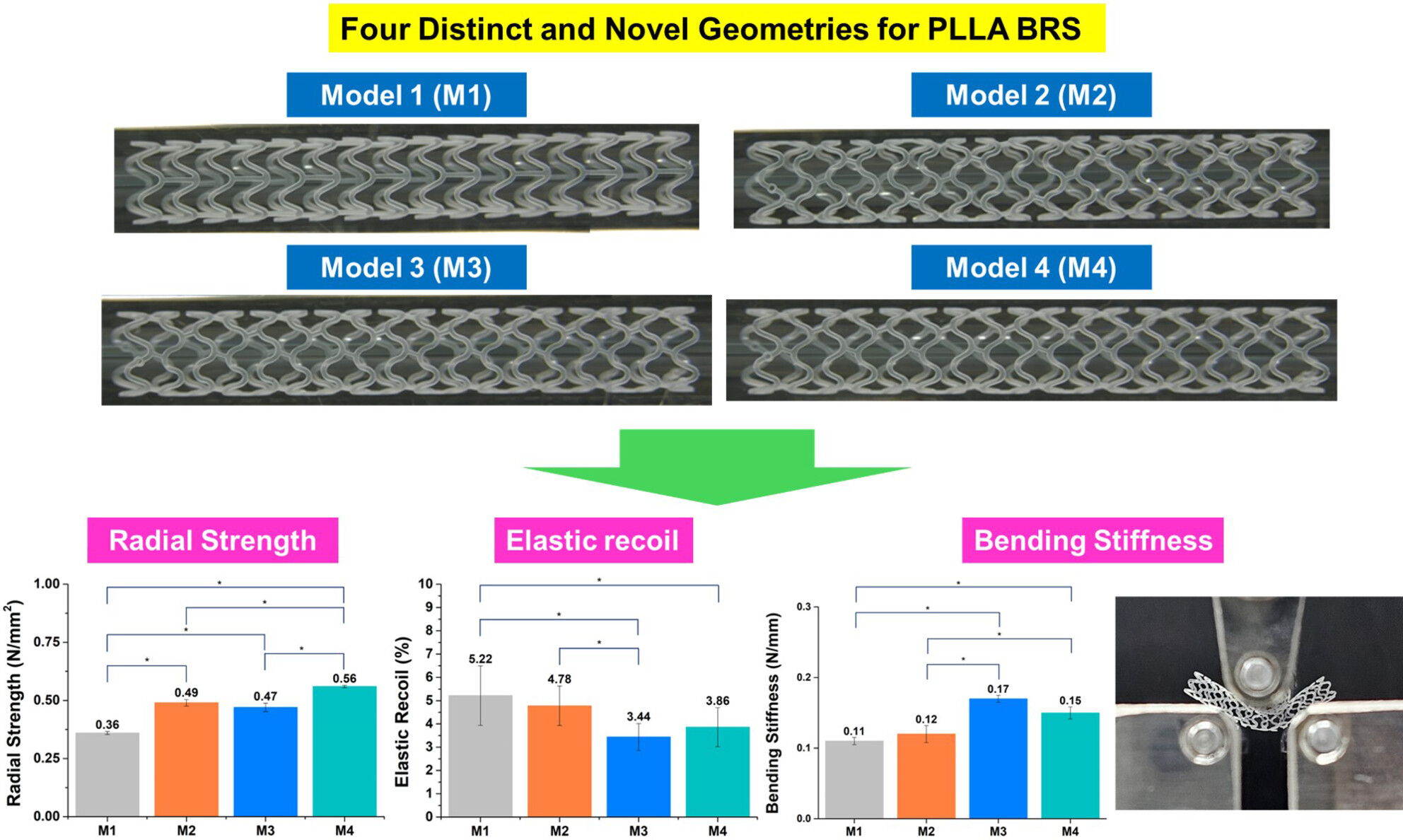
Four different types of stent geometries were proposed for cardiovascular applications to improve mechanical properties of poly-L-lactic acid bioresorbable stents. Five key mechanical tests were evaluated, including radial strength, crimping profile, flexibility, elastic recoil, and foreshortening. M2 and M3 would be a suitable option for employing poly-L-lactic acid bioresorbable stents: M2 with high flexibility and sufficient radial strength would be preferred for complex lesions, and M3 advantageous in radial elastic recoil would be an optimum selection for mild target sites.
Cold atmospheric plasma therapy as a novel treatment for Berlin Heart EXCOR pediatric cannula infections
- Pages: 256-265
- First Published: 20 September 2024
Outcomes after SynCardia® temporary total artificial heart implantation: A 20-year single-center experience in 196 patients
- Pages: 266-275
- First Published: 16 September 2024

The SynCardia® TAH is the preferred device for biventricular support in patients unsuitable for other devices. Median support duration was 96 days, with survival rates of 72%, 41%, and 34% at 1, 6, and 12 months, respectively, and successful bridge to transplantation occurred in 35.2% of patients, with post-transplant survival rates of 65%, 58%, and 51% at 1, 5, and 10 years, respectively. Given the extremely poor preoperative clinical status, a third of patients were successfully bridged to transplantation.
Mechanical circulatory support for cardiogenic shock during the peripartum period
- Pages: 276-280
- First Published: 30 September 2024
Comparison of waitlist and post-transplant outcomes in patients supported with total artificial heart versus continuous biventricular assist devices
- Pages: 281-291
- First Published: 09 October 2024
Aortic regurgitation in left ventricular assist device patients: Does aortic root dilatation contribute to valve incompetence?
- Pages: 292-299
- First Published: 30 September 2024
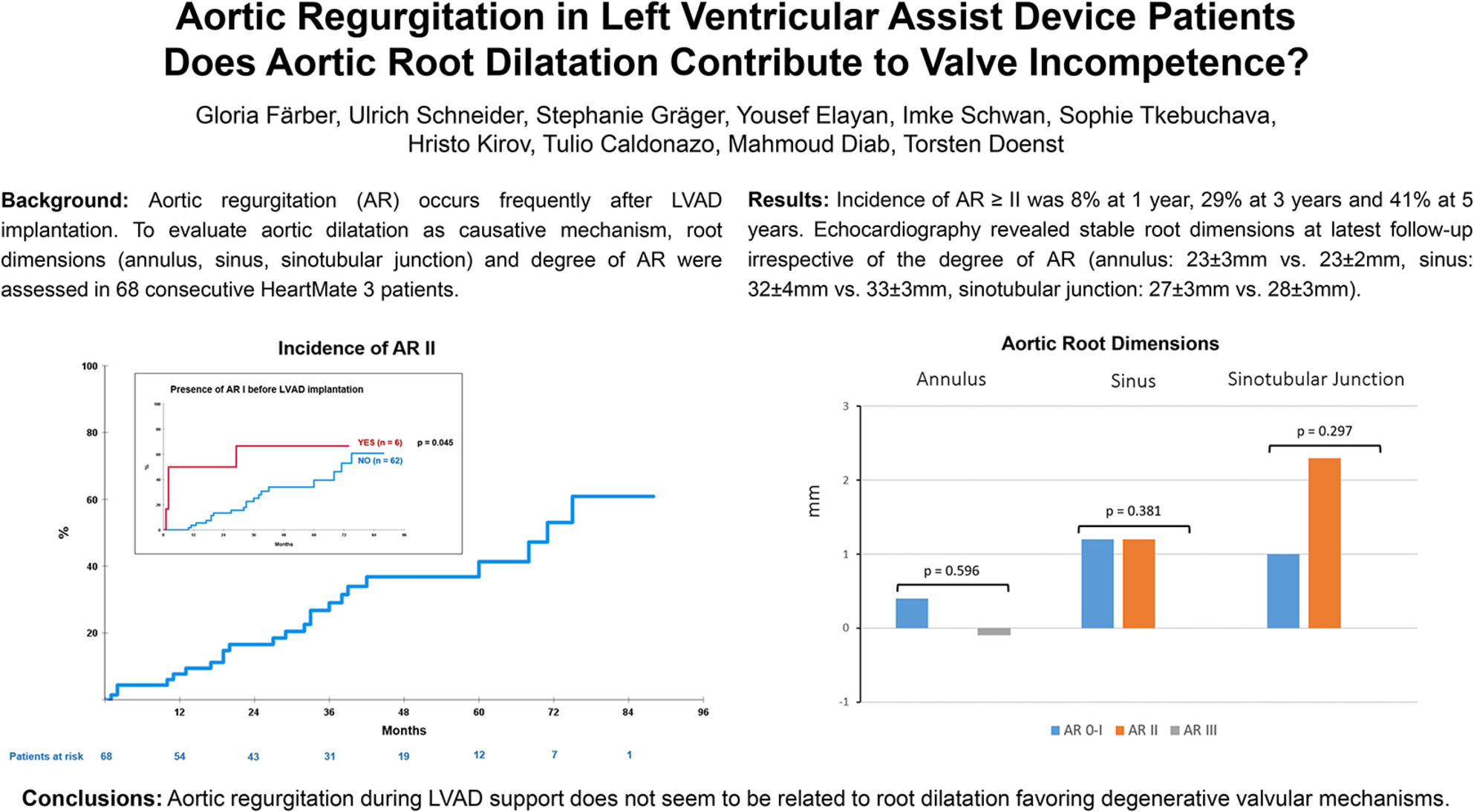
Aortic regurgitation (AR) frequently occurs after left ventricular assist device implantation with aortic root dilatation being one potential pathomechanism. In patients after HeartMate 3 implantation, no significant aortic dilatation could be found by echocardiography and CT angiogram, thus, favoring a valvular pathomechanism causing AR.
Impact of convective clearance on intra-dialytic potassium removal in chronic dialysis patients
- Pages: 300-309
- First Published: 08 October 2024

The impact of convective clearance offered by on-line haemodiafiltration (OL-HDF) on intra-dialytic potassium removal is unknown. We included 141 patients from a single centre with 21 treated with high-flux haemodialysis (HD) and 120 with OL-HDF. Patients on OL-HDF and HD has similar intra-dialytic potassium removal. Factors associated with intra-dialytic potassium removal were dialysate potassium, pre-HD serum potassium and session time. In OL-HDF patients, substitution flow was not associated with potassium removal. Consequently, in chronic dialysis patients, convective therapy provided by OL-HDF does not significantly affect potassium removal when compared to high-flux HD.
THOUGHTS & PROGRESS
Improving the hemocompatibility of centrifugal mechanical circulatory support devices at low flow rates
- Pages: 310-321
- First Published: 06 November 2024
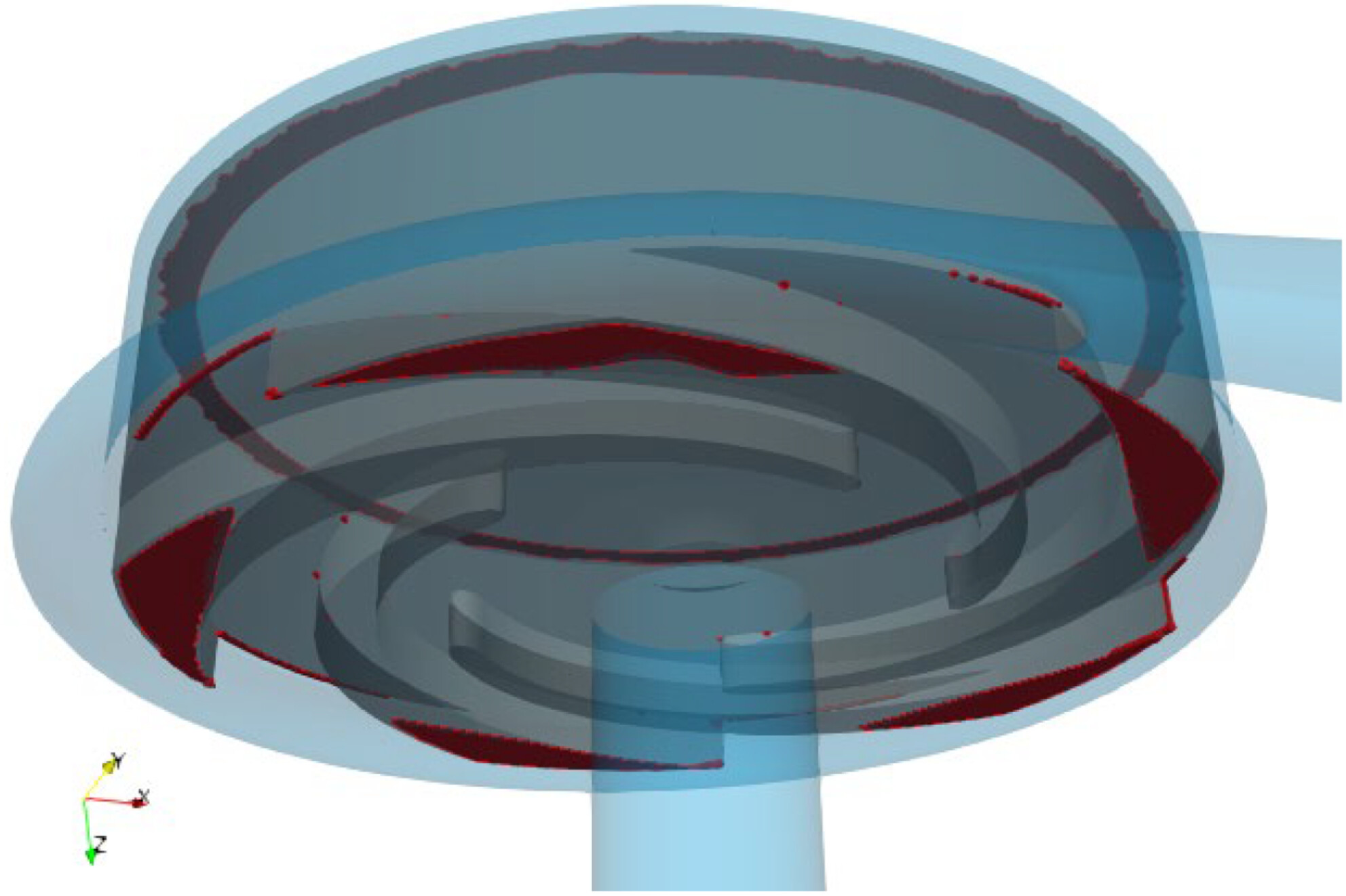
This paper aims firstly to assess the hemocompatibility of an innovative solution for the treatment of heart failure with preserved ejection fraction, based on the use of a mechanical circulatory support device. Secondly, design improvements are proposed to reduce blood trauma within this device, which is operating at low flow rates in comparison with standard support devices.
CASE REPORT
Management of lower extremity venous congestion during peripheral venoarterial extracorporeal membrane oxygenation
- Pages: 322-325
- First Published: 24 October 2024
CONFERENCE REPORT
Machine perfusion organ preservation: Highlights from the American transplant congress 2024
- Pages: 326-331
- First Published: 06 January 2025






